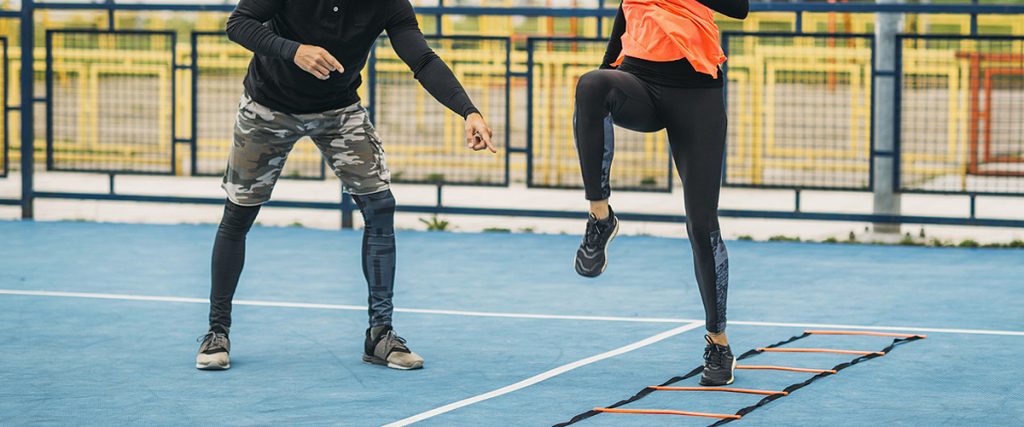This Is What Happens to Your Body When You Stop Exercising
Oct. 20, 2016 Maria Masters / Health.com@goodhealth There comes a point in almost every fitness lover’s life when they consider throwing in the towel after a workout—both figuratively and literally. Blame it on your looming work deadlines, or the stubborn needle on the scale, or even just plain old boredom. That’s normal. But here’s why you shouldn’t follow through on the temptation to just quit: There are plenty of benefits to exercise, but they’re not permanent. In fact, many of those hard-earned gains will start to disappear in as little as two weeks, says Farah Hameed, MD, a sports medicine physician with Columbia Doctors. Here’s exactly what you can expect to happen to your body if you give up exercise: Within 10 days: Your brain might start to change For years, researchers have suspected that exercise is good for your brain, too—according to one 2013 review, it might be able to help offset age-related memory loss. Now, a new study in the journal Frontiers in Aging Neuroscience found that even a short vacation from your workout might cause changes to the brain. In the study, when a group of long-term endurance runners took a 10-day exercise hiatus, their subsequent MRIs showed a reduction in blood flow to the hippocampus, the part of the brain that’s associated with memory and emotion. The researchers point out that although the runners didn’t experience any cognitive changes over the period, more long-term studies are needed. Within two weeks: Your endurance will plummet and your vitals may spike After just 14 days, you might have a harder time climbing a flight of stairs or keeping up with your colleagues during the monthly kickball game. The reason you’re so winded? Skipping sweat sessions causes a drop in yourVO2 max, or the maximum amount of oxygen your body can use. It can dip by about 10% after two weeks, says Dr. Hameed. It only gets worse from there: After four weeks, your VO2 max can drop by about 15%, and after three months, it can fall about 20%—“and those are conservative estimates,” Dr. Hameed notes. Staying even slightly active can help: One 2009 study found that male kayakers who took a five-week break from their training saw an 11.3% drop on average in their VO2 max, while those who worked in a handful of exercise sessions during each week only saw a 5.6% drop. Health.com: 11 Fitness Foods to Help You Get in Shape Faster Even if you don’t notice a change in your speed or strength, you might experience a sharp rise in your blood pressure and blood glucose levels—something that could be more serious for people with diabetes or high blood pressure, says Dr. Hameed. Researchers from South Africa found that a two-week exercise break was enough to offset the blood pressure benefits of two weeks of high-intensity interval training; another 2015 study in the Journal of Applied Physiologyfound that people who did an eight-month bout of resistance and aerobic exercise saw an improvement in the blood glucose levels, but lost almost half of these benefits after 14 days of inactivity. Within four weeks: Your strength will start slipping Dr. Hameed estimates that some people will notice their strength declining after about two weeks of inactivity, while others will begin to see a difference after about four weeks. The silver lining: Our strength probably diminishes at a slower rate than our endurance, and one 2011 study in theJournal of Strength and Conditioning found that when one group of men stopped doing resistance training, they still had some of their strength gains up to 24 weeks later. Within eight weeks: You might gain fat Dr. Hameed estimates that people will start to notice a physical change—either by looking in the mirror, or at the number on the scale—after about six weeks. Even elite athletes aren’t immune to the rebound. A 2012 study in the Journal of Strength and Conditioning Research found that competitive swimmers who took a five-week break from their training experienced a 12% increase in their levels of body fat, and saw a boost in their body weight and waist circumference. (We should also point out that these athletes weren’t totally sedentary—they still did some light and moderate exercise.) And a 2016 study found that elite Taekwondo athletes who took an eight-week hiatus from exercise experienced an increase in their levels of body fat and a decrease in muscle mass, too. Health.com: 10 Reasons Your Belly Fat Isn’t Going Away That said, there’s a difference between breaking up with exercise for good and taking a well-intentioned rest. The distinction: “You need to do some type of activity [every day],” says Dr. Hameed. For example, maybe you just ran the Chicago Marathon and can’t run another 16 miles, let alone 26—in that case, says Dr. Hameed, you should do some cross-training. (Think: cycling, using the elliptical, or even light walking.) Just don’t quit moving altogether—your body, brain, and waistline will thank you.



